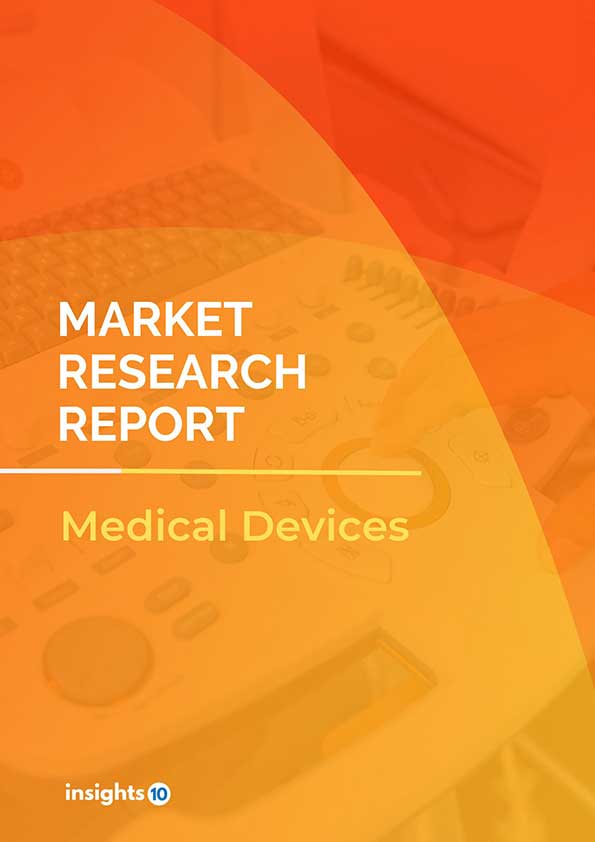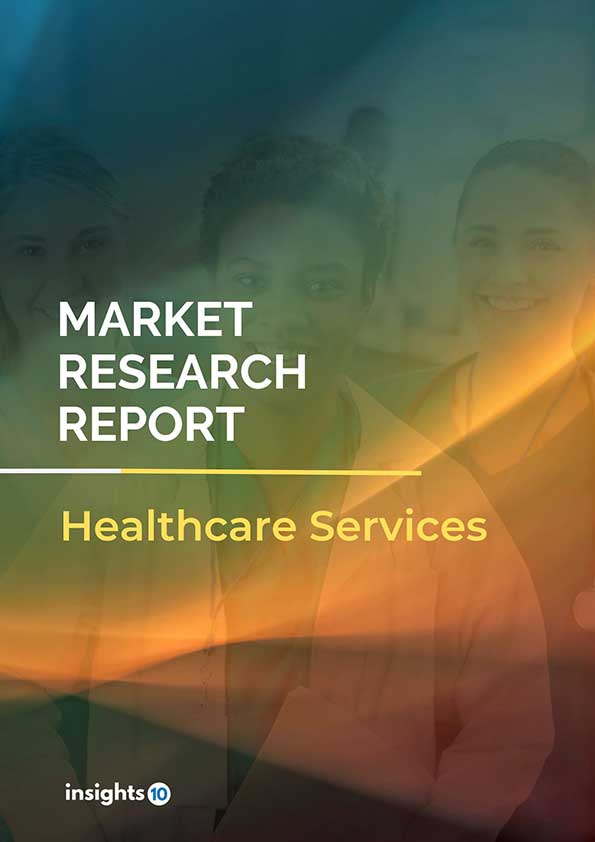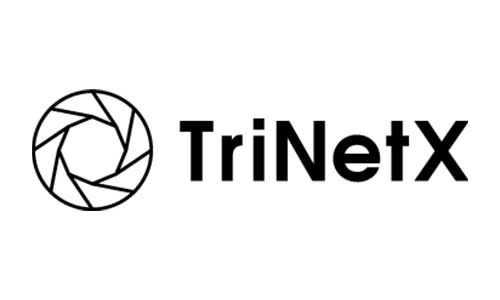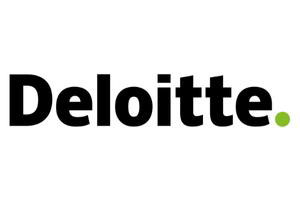UK Contact Lenses Market Analysis
UK Contact Lenses Market was valued at $445.64 Mn in 2023 and is predicted to grow at a CAGR of 6.9% from 2023 to 2030, to $710.93 Mn by 2030. The key drivers of this industry include the high prevalence of myopia, growing preference for daily disposables, technological advancements, and rising disposable income. The industry is primarily dominated by Bausch and Lomb, CooperVision, Alcon Vision, and Essilor among others.
Buy Now

UK Contact Lenses Market Executive Summary
UK Contact Lenses Market was valued at $445.64 Mn in 2023 and is predicted to grow at a CAGR of 6.9% from 2023 to 2030, to $710.93 Mn by 2030.
Contact lenses are versatile medical devices placed directly on the eye, serving both functional and cosmetic purposes. They come in several types: soft lenses, made of flexible plastic allowing oxygen to the cornea; rigid gas permeable lenses for sharper vision; hybrid lenses combining features of both; and scleral lenses covering the cornea and sclera, useful for irregular corneas. They correct refractive errors like myopia and hyperopia and cater to cosmetic needs with colored variants. Fitting by an optometrist or ophthalmologist ensures proper selection based on individual eye health and lifestyle. Regular cleaning and adherence to wearing schedules are crucial for preventing infections and maintaining eye health. Risks include infections, dry eyes, and corneal abrasions if not used correctly. Regulated as medical devices, advancements like silicone hydrogel materials and UV-blocking capabilities enhance safety and comfort, making contact lenses a popular choice for vision correction and aesthetic enhancement globally.
Age-related macular degeneration (AMD) is the most common eye condition in the UK, primarily affecting people over 55, with a prevalence of 2.4% in those aged 50 or more, 4.8% in those aged 65 or more, and 12.2% in those aged 80 or more, affecting over 700,000 people. Glaucoma, another prevalent condition, impacts around 16% of registered blind and partially sighted individuals. Cataracts account for 12% of sight loss cases and often require surgical intervention. In the UK, contact lenses can be conveniently purchased online from reputable retailers like Vision Direct, Contactlenses.co.uk, and Lenssaver, offering a wide range of lenses at prices up to 45% cheaper than opticians, with next-day delivery options.
The market therefore is driven by significant factors like the high prevalence of myopia, growing preference for daily disposables, technological advancements, and rising disposable income. However, eye care costs, online sales, counterfeit risks, and competition from refractive surgery restrict the growth and potential of the market.
Prominent players in this field are Bausch and Lomb, which emphasizes daily disposable contact lenses enhanced with comfort technologies and supports sustainability initiatives. On the other hand, CooperVision focuses on innovation through advanced materials, specialized solutions for myopia management, and convenient subscription services for contact lenses. Other contributors include Alcon Vision LLC, and Essilor International S.A. among others.

Market Dynamics
Market Growth Drivers
High Prevalence of Myopia: A significant portion of the UK population experiences myopia (nearsightedness). A 2023 report by the Association of Contact Lens Manufacturers (ACLM) indicates that around 19% of UK adults wear contact lenses, representing one of the highest rates in Europe. This large user base fuels market growth.
Growing Preference for Daily Disposables: Daily disposable lenses are gaining popularity in the UK due to their convenience and reduced risk of infections compared to reusable lenses. ACLM reports that over 78% of the UK contact lens market is comprised of daily disposables.
Technological Advancements: The introduction of new materials and technologies like silicone hydrogel and multifocal lenses offers improved comfort, wearability, and vision correction for various needs. This attracts new users and encourages existing users to upgrade.
Rising Disposable Income: The UK boasts a developed economy with a growing population enjoying increasing disposable income. The World Bank estimates the UK's GDP per capita at $43,130 in 2023. This allows people to spend more on discretionary items like contact lenses.
Market Restraints
Eye Care Costs: While the cost of contact lenses themselves is a factor, additional expenses associated with eye examinations, fittings, and solutions can add up. This can create a financial burden for some users.
Online Sales and Counterfeit Risks: The increasing popularity of online retailers for contact lenses raises concerns about the sale of counterfeit or unauthorized lenses. These can pose safety risks for users.
Competition from Refractive Surgery: Advancements in laser vision correction procedures like LASIK are becoming increasingly accessible in the UK. While not suitable for everyone, these options present some competition for the contact lens market for specific demographics.
Regulatory Landscape and Reimbursement Scenario
The UK contact lens market operates under stringent regulatory frameworks to ensure product safety and quality. Pre-Brexit, the market adhered to the EU Medical Device Directive (MDD) 93/42/EEC, classifying contact lenses based on risk. Post-Brexit, the UK introduced its regulations through the Medical Devices Regulation 2002 (MDR 2002), amended by the Medical Devices (Amendment) (EU Exit) Regulations 2019. These regulations, similar to the EU MDR (2017/745), require manufacturers to register their contact lenses with the Medicines and Healthcare Products Regulatory Agency (MHRA) and submit technical documentation demonstrating compliance. Importers and distributors must ensure they handle MHRA-registered contact lenses and comply with relevant regulations, while manufacturers are responsible for post-market surveillance and reporting adverse events to the MHRA.
In terms of reimbursement, the National Health Service (NHS) generally does not cover contact lenses for routine vision correction. However, exceptions exist for medically necessary lenses prescribed by ophthalmologists for specific eye conditions like keratoconus or severe myopia, where partial NHS coverage may be offered on a case-by-case basis. Additionally, children with certain eye conditions might be eligible for partial NHS coverage of contact lenses.
Competitive Landscape
Key Players
Here are some of the major key players in the UK Contact Lenses Market
- Abbott Medical Optics, Inc.
- Alcon Vision LLC
- Bausch & Lomb, Incorporated
- Acuvue
- Dailies
- Hoya
- Biofinity
- Air Optic
- Medennium
- Seed Co., Ltd.
1. Executive Summary
1.1 Device Overview
1.2 Global Scenario
1.3 Country Overview
1.4 Healthcare Scenario in Country
1.5 Regulatory Landscape for Medical Device
1.6 Health Insurance Coverage in Country
1.7 Type of Medical Device
1.8 Recent Developments in the Country
2. Market Size and Forecasting
2.1 Market Size (With Excel and Methodology)
2.2 Market Segmentation (Check all Segments in Segmentation Section)
3. Market Dynamics
3.1 Market Drivers
3.2 Market Restraints
4. Competitive Landscape
4.1 Major Market Share
4.2 Key Company Profile (Check all Companies in the Summary Section)
4.2.1 Company
4.2.1.1 Overview
4.2.1.2 Product Applications and Services
4.2.1.3 Recent Developments
4.2.1.4 Partnerships Ecosystem
4.2.1.5 Financials (Based on Availability)
5. Reimbursement Scenario
5.1 Reimbursement Regulation
5.2 Reimbursement Process for Diagnosis
5.3 Reimbursement Process for Treatment
6. Methodology and Scope
UK Contact Lenses Market Segmentation
By Material
- Gas Permeable
- Silicone Hydrogel
- Hybrid
By Design
- Spherical Lens
- Toric Lens
- Multifocal Lens
- Others Lens
By Application
- Corrective
- Therapeutic
- Cosmetic
- Prosthetic
- Lifestyle-oriented
By Distribution Channel
- E-commerce
- Eye Care Professionals
- Retail
By Usage
- Daily Disposable
- Disposable
- Frequently Disposable
- Traditional (Reusable) Lenses
Methodology for Database Creation
Our database offers a comprehensive list of healthcare centers, meticulously curated to provide detailed information on a wide range of specialties and services. It includes top-tier hospitals, clinics, and diagnostic facilities across 30 countries and 24 specialties, ensuring users can find the healthcare services they need.
Additionally, we provide a comprehensive list of Key Opinion Leaders (KOLs) based on your requirements. Our curated list captures various crucial aspects of the KOLs, offering more than just general information. Whether you're looking to boost brand awareness, drive engagement, or launch a new product, our extensive list of KOLs ensures you have the right experts by your side. Covering 30 countries and 36 specialties, our database guarantees access to the best KOLs in the healthcare industry, supporting strategic decisions and enhancing your initiatives.
How Do We Get It?
Our database is created and maintained through a combination of secondary and primary research methodologies.
1. Secondary Research
With many years of experience in the healthcare field, we have our own rich proprietary data from various past projects. This historical data serves as the foundation for our database. Our continuous process of gathering data involves:
- Analyzing historical proprietary data collected from multiple projects.
- Regularly updating our existing data sets with new findings and trends.
- Ensuring data consistency and accuracy through rigorous validation processes.
With extensive experience in the field, we have developed a proprietary GenAI-based technology that is uniquely tailored to our organization. This advanced technology enables us to scan a wide array of relevant information sources across the internet. Our data-gathering process includes:
- Searching through academic conferences, published research, citations, and social media platforms
- Collecting and compiling diverse data to build a comprehensive and detailed database
- Continuously updating our database with new information to ensure its relevance and accuracy
2. Primary Research
To complement and validate our secondary data, we engage in primary research through local tie-ups and partnerships. This process involves:
- Collaborating with local healthcare providers, hospitals, and clinics to gather real-time data.
- Conducting surveys, interviews, and field studies to collect fresh data directly from the source.
- Continuously refreshing our database to ensure that the information remains current and reliable.
- Validating secondary data through cross-referencing with primary data to ensure accuracy and relevance.
Combining Secondary and Primary Research
By integrating both secondary and primary research methodologies, we ensure that our database is comprehensive, accurate, and up-to-date. The combined process involves:
- Merging historical data from secondary research with real-time data from primary research.
- Conducting thorough data validation and cleansing to remove inconsistencies and errors.
- Organizing data into a structured format that is easily accessible and usable for various applications.
- Continuously monitoring and updating the database to reflect the latest developments and trends in the healthcare field.
Through this meticulous process, we create a final database tailored to each region and domain within the healthcare industry. This approach ensures that our clients receive reliable and relevant data, empowering them to make informed decisions and drive innovation in their respective fields.
To request a free sample copy of this report, please complete the form below.
We value your inquiry and offer free customization with every report to fulfil your exact research needs.









































